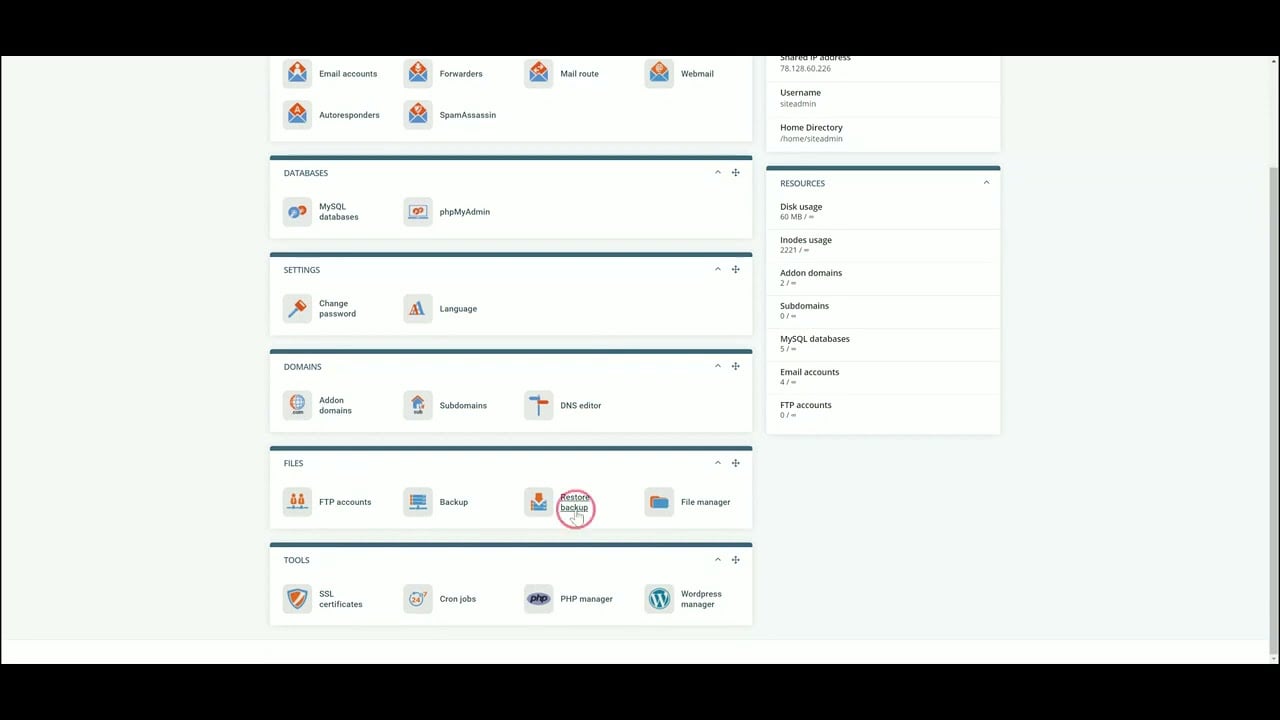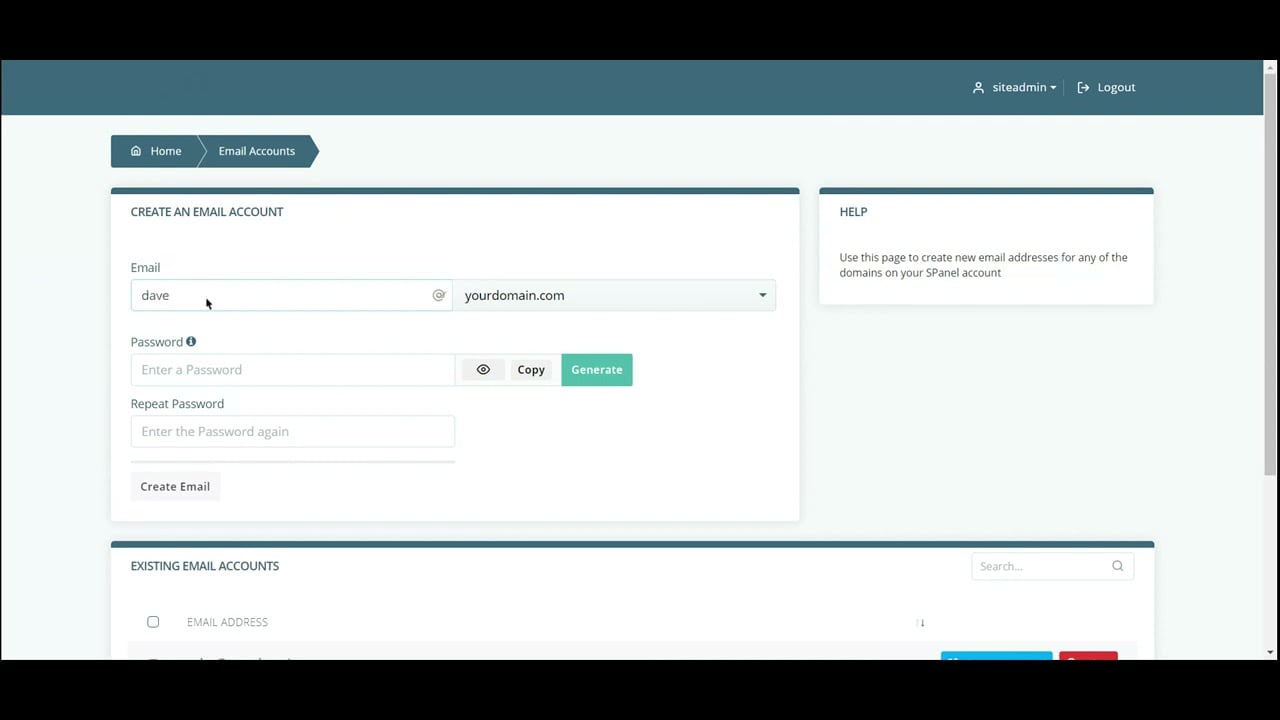How can the “fastest WordPress hosting” use CPUs from 2013?
Not sure, but I left Rocket.net (after the hosting.com buyout) for ScalaHosting’s Build #2 VPS and my wp-admin/frontend are ~2x faster with better scores in Hosting Benchmark Tool, PHP Vitals, and a 50ms global TTFB. Mainly because I replaced their Cloudflare Enterprise with FlyingCDN so I can better prioritize my hosting hardware with faster CPUs/RAM/storage.
The biggest difference was from Scala’s AMD EPYC 9474F CPUs which are ~31/1178 fastest server CPUs (or top 3%) and are built for concurrency since their multithread rating is 480% higher than Rocket.net’s Intel Xeon E5-2667 v2 CPUs with DDR5 RAM and PCIe 5.0 NVMe SSDs. Which is what hosting performance is all about (not marketing claims backed by private equity).
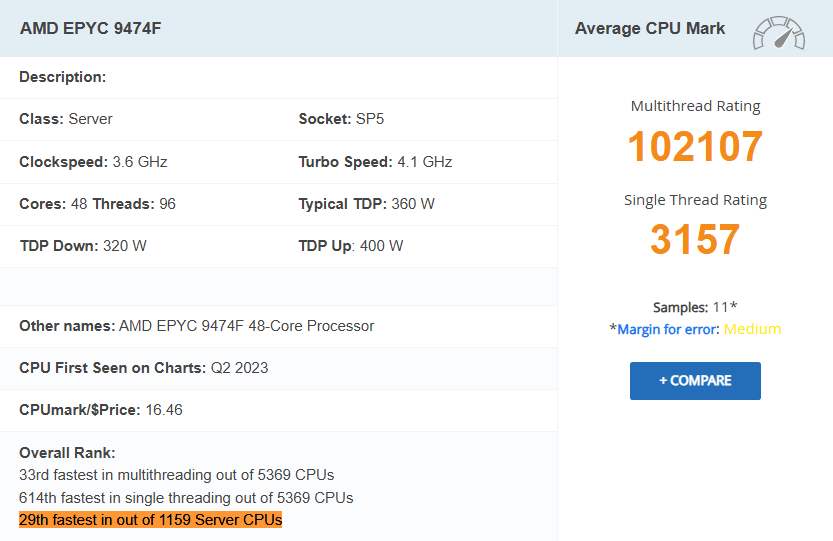

Benchmarks
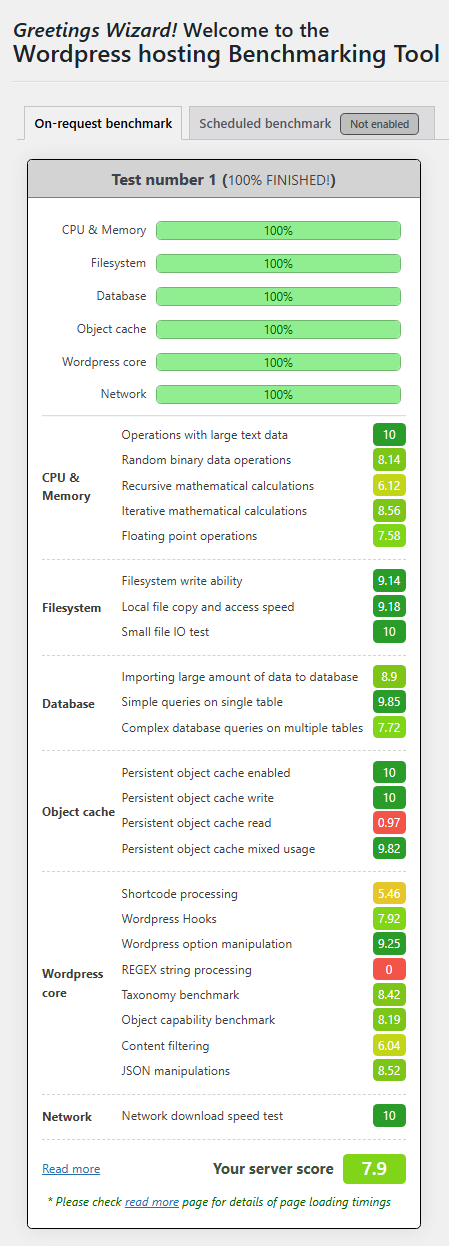

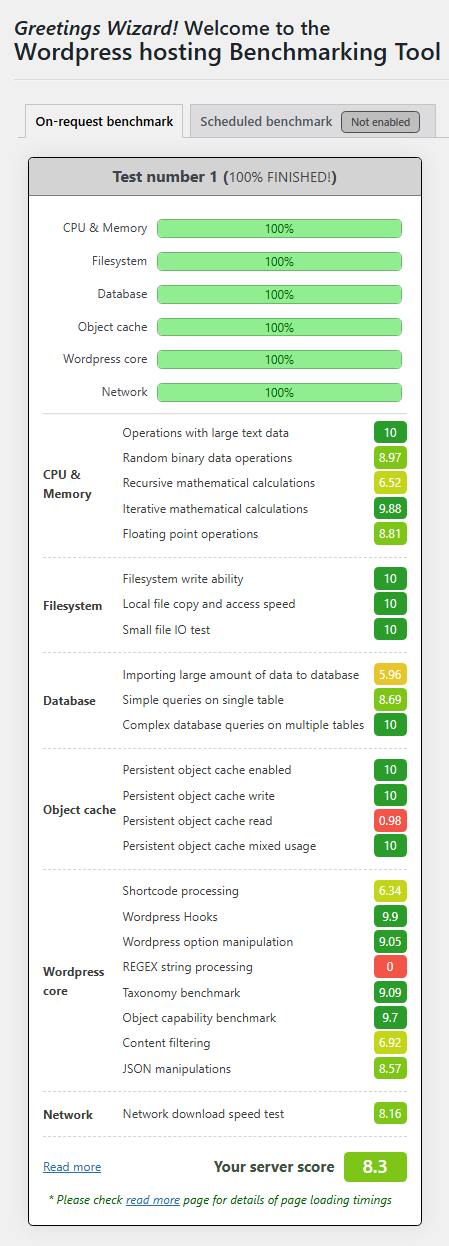

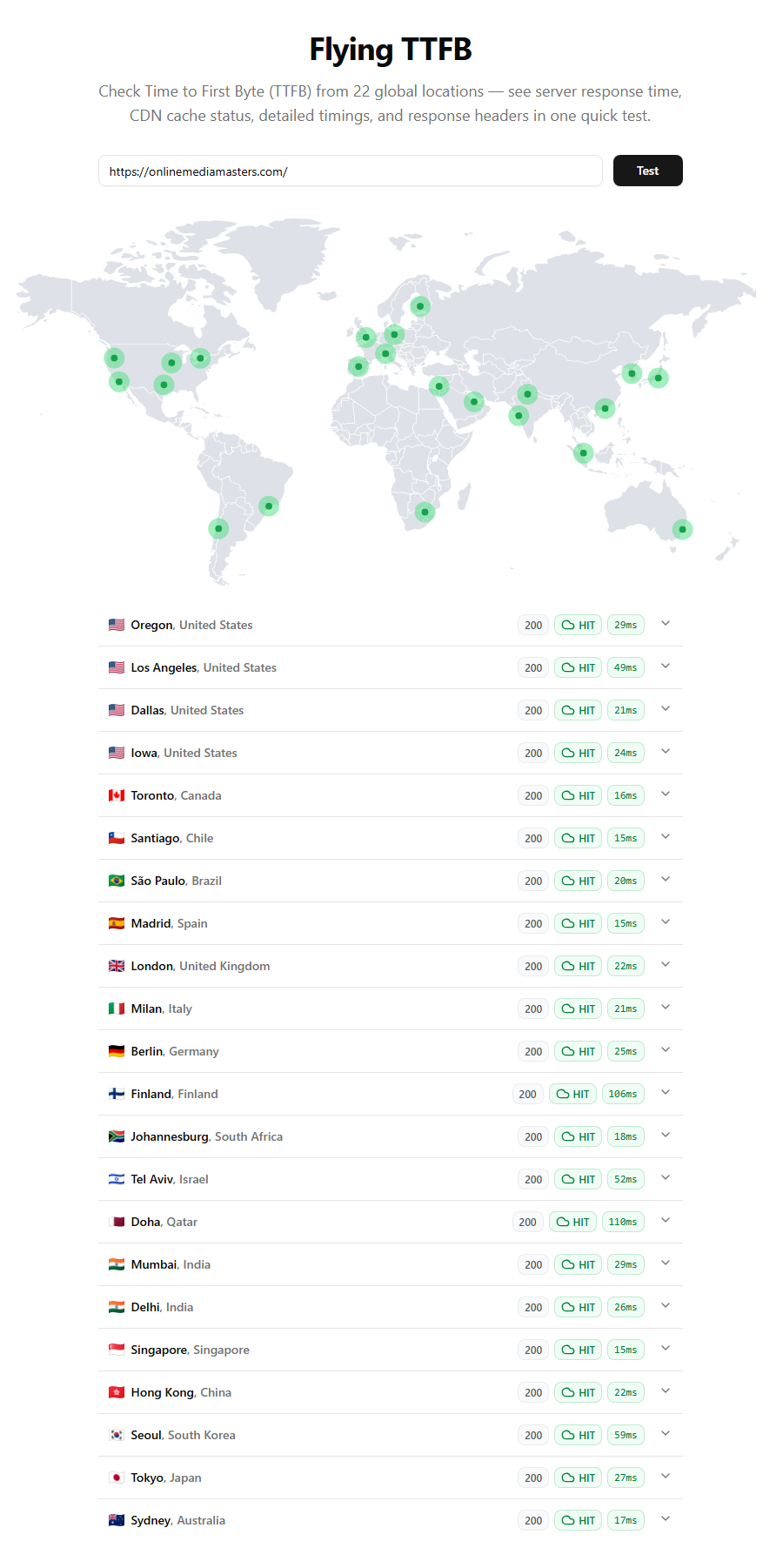

No VPS resource limits means no bandwidth/storage/visit limits (like managed cloud hosts) or hidden VPS limits that make you upgrade with 100% usage and 503 errors (like Hostinger’s CPU limits and SiteGround cloud’s disk I/O). Or just because of poor performance like on Cloudways.
A 4 CPU core + 8GB RAM server is $118/mo on Cloudways Vultr High HF, $100/mo on SiteGround cloud hosting, or $18.98/mo on Scala’s Build #2 VPS.
Since you can customize CPU cores, RAM, and storage individually, we can remove storage we don’t need, add my 10% off coupon (OMM10), and it’ll cost about 3x less than Cloudways (who doesn’t support granular scaling) and SiteGround Cloud (who charges $10/mo for 1 CPU core or 1GB RAM). Scala does have higher renewals after 1 or 3 years like shared hosting, but even after it renews, they’re still cheaper or around the same price as Cloudways + SiteGround.
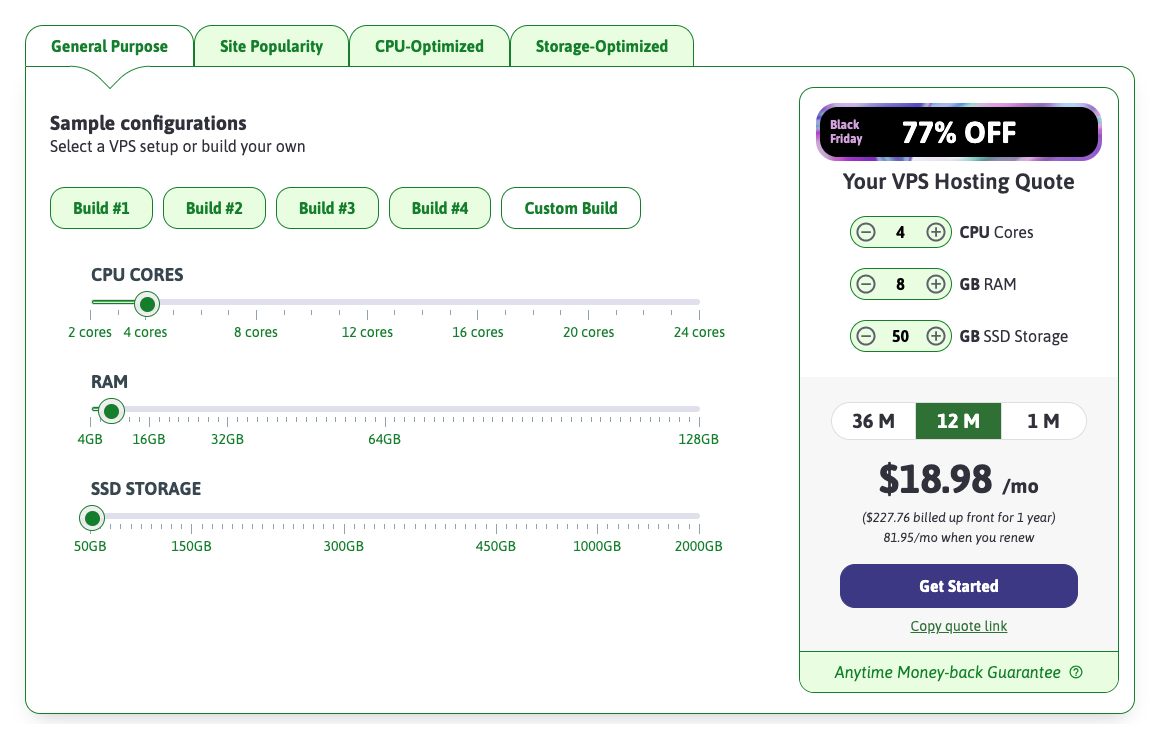
If you only need 2 CPU cores + 2GB RAM and don’t plan on scaling, their Entry Cloud plan actually has the best value in terms of price vs. resources. It’s the exact same as the Build VPS plans only you can’t scale CPU/RAM, but can still scale storage. Entry Cloud is ideal if you need something more powerful than shared without resource limits, but cheaper than a VPS.
SPanel is basically an upgraded cPanel with OpenLiteSpeed, full root access, better resource monitoring, and significantly more lightweight since it uses ~1 less CPU core + 8x less RAM than cPanel. Way more features than Rocket.net, no bloat like Cloudways, and just as easy as cPanel.


With World Host Group and Newfold Digital buying out hosts left and right (more recently, Rocket.net, A2, and FastComet), ScalaHosting’s independence is personally my favorite thing about them. It was co-founded by Chris, Vlad, and Lyubomir who I’m in close touch with and not only genuinely care about the business, but don’t appear to be selling out anytime soon.

Renewals, generic documentation, and sometimes “hit or miss support” are my 3 gripes. If these are a deal breaker, they do have a 30-day money back guarantee and do free migrations. Although if it’s a mission-critical website or a client website, you may want to do the migration yourself. I rarely use hosting support after the initial migration— so this wasn’t a big deal for me.

- AMD EPYC 9474F CPUs
- No hidden VPS limits like Hostinger/SiteGround
- ~80% less than Cloudways and SiteGround Cloud
- Entry Cloud as an upgrade from shared (small VPS)
- SPanel is the best cPanel alternative I’ve used so far
- OpenLiteSpeed (free) vs. LiteSpeed Enterprise (paid)
- My setup: Build VPS + Apache + FlyingPress + FlyingCDN
- Cons: support overlooking things, renewals, generic docs
- Setting up your VPS in 7 steps
- 13 server locations with native + AWS infrastructure
- They’re known for their VPS, but don’t sleep on shared plans
- I left SiteGround, Cloudways, and Rocket.net for ScalaHosting
1. AMD EPYC 9474F CPUs
As soon as ScalaHosting upgraded to AMD EPYC 9474F CPUs earlier in 2025, I asked them to list this front and center on the landing page they built for me because of how important CPUs are.
PassMark (the industry standard for measuring CPU speed) ranks them ~31st/1146 fastest in server CPUs. And while they only have slightly higher clock speeds than Vultr High Frequency (4.1 GHz versus 3.8 GHz), their 102107 multithread rating is the highest I’ve seen of any host.
This is what performance is all about, whether that’s faster concurrent checkouts, handling resource-hungry plugins, or database-heavy WooCommerce sites… concurrency is everything.
I also confirmed with Vlad (ScalaHosting’s CTO) they’re using DDR5 RAM (PC5-38400R at 4800Mhz) as well as PCIe 5.0 NVMe SSDs (2457 MB/s read speed and 2000MB/s write speed).
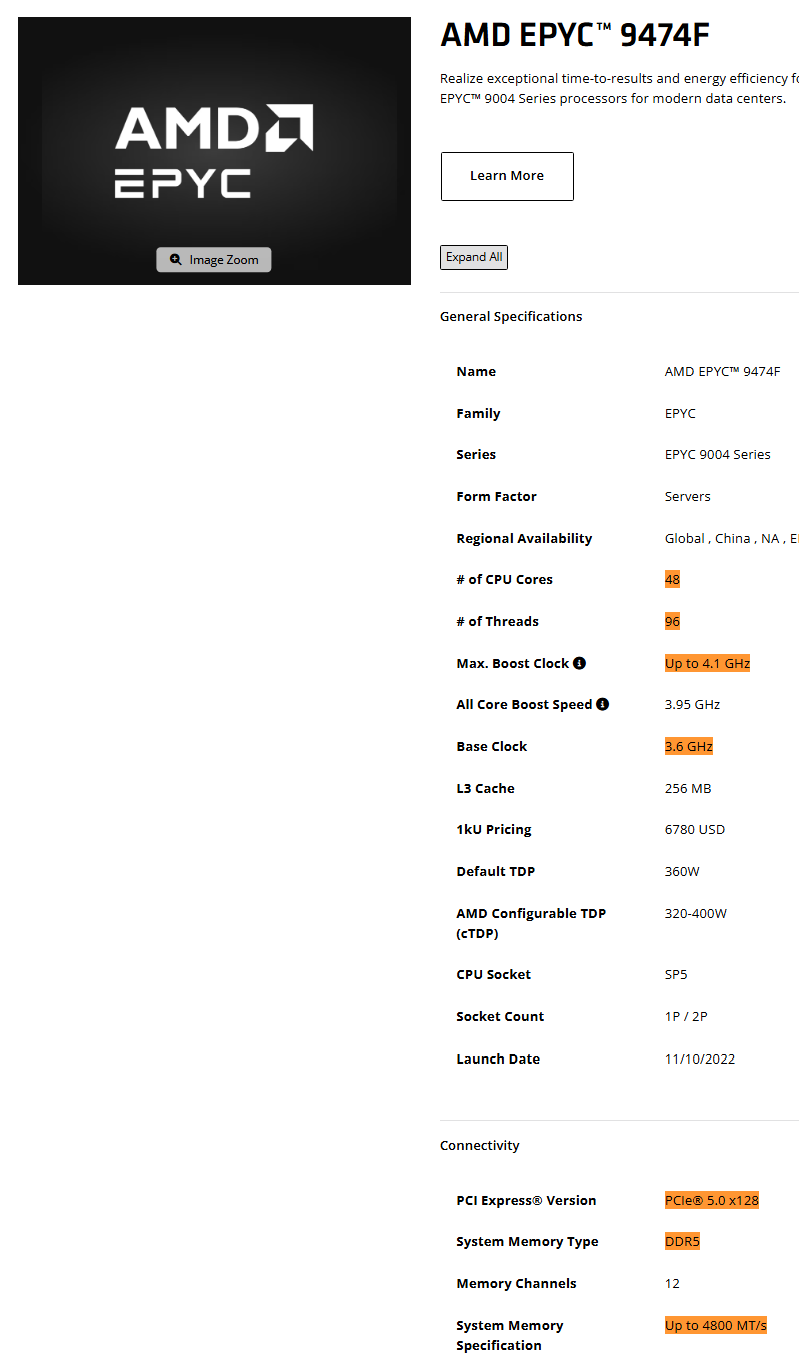
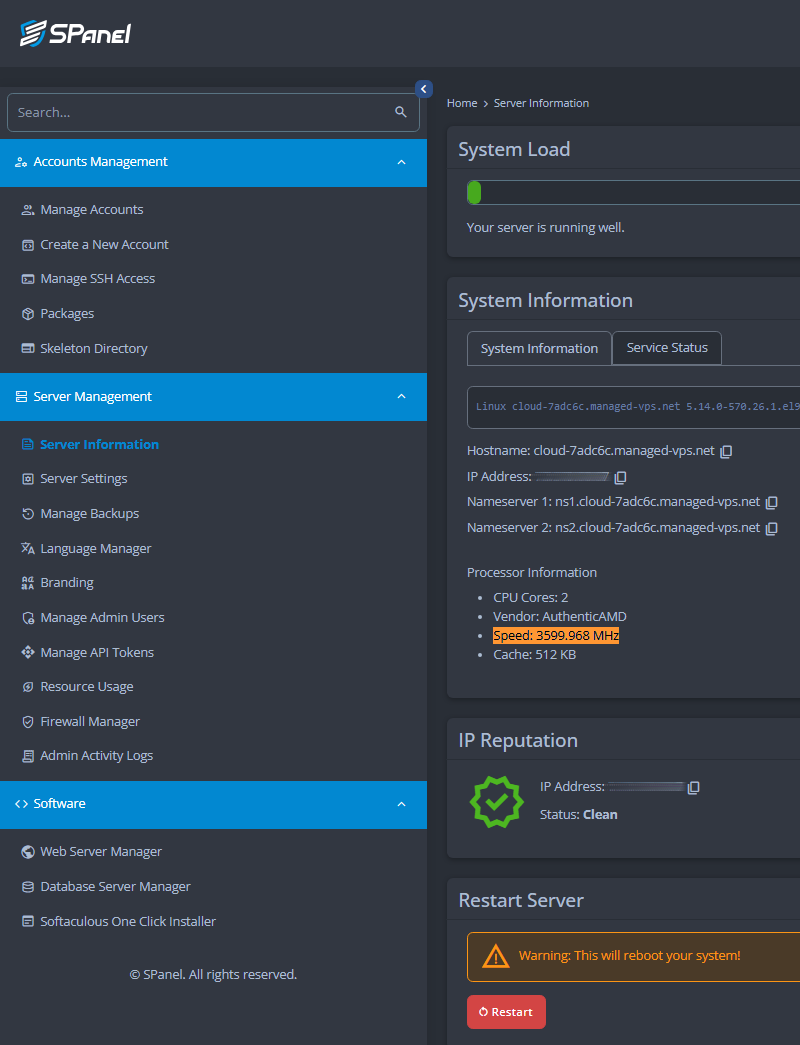
PassMark is the industry standard for testing CPU performance and updates rankings frequently— so numbers can vary slightly.

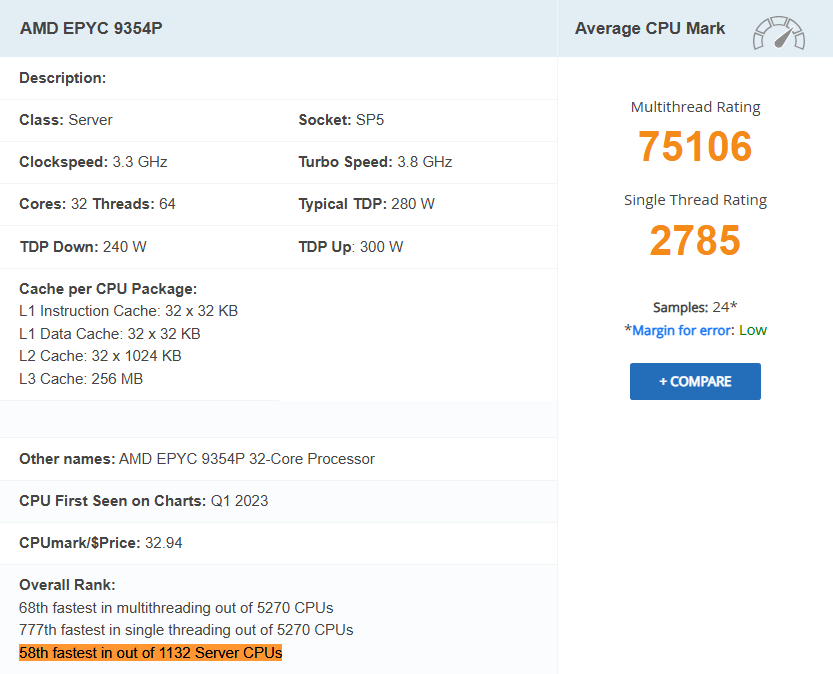

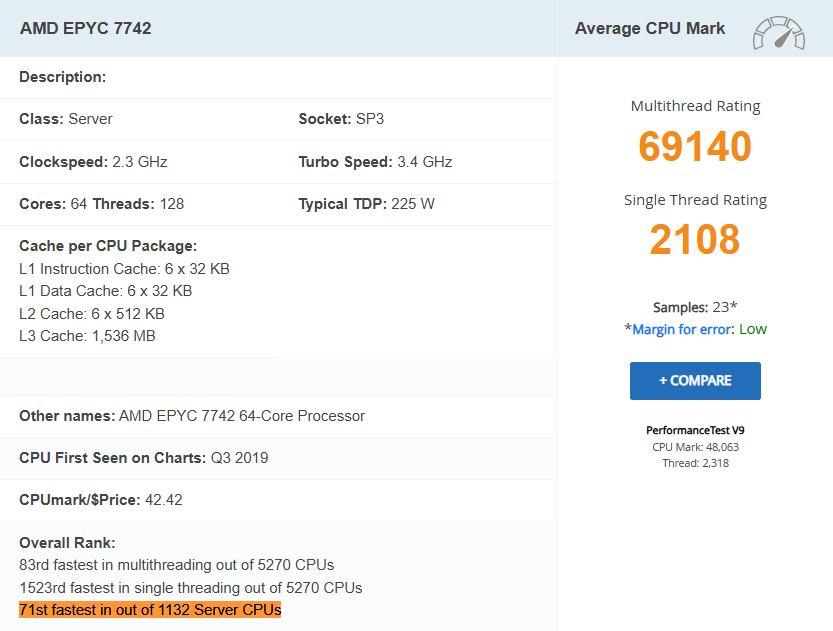
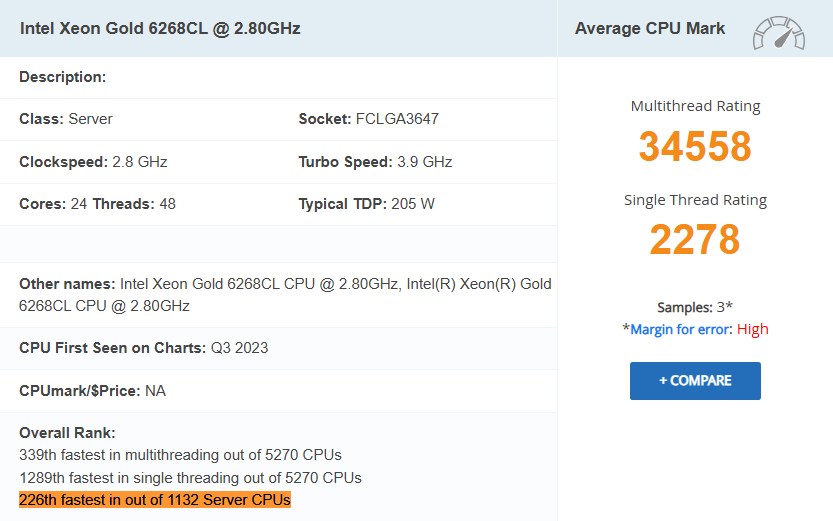
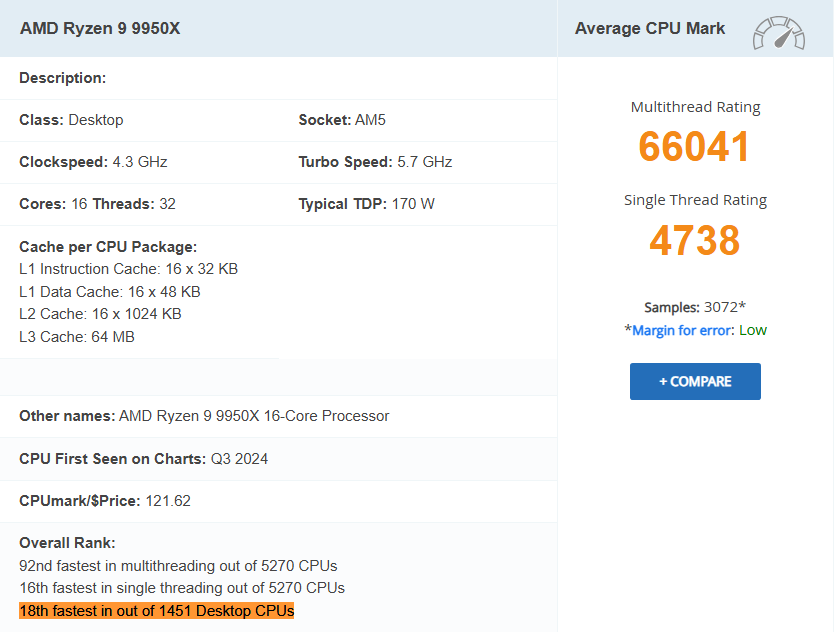
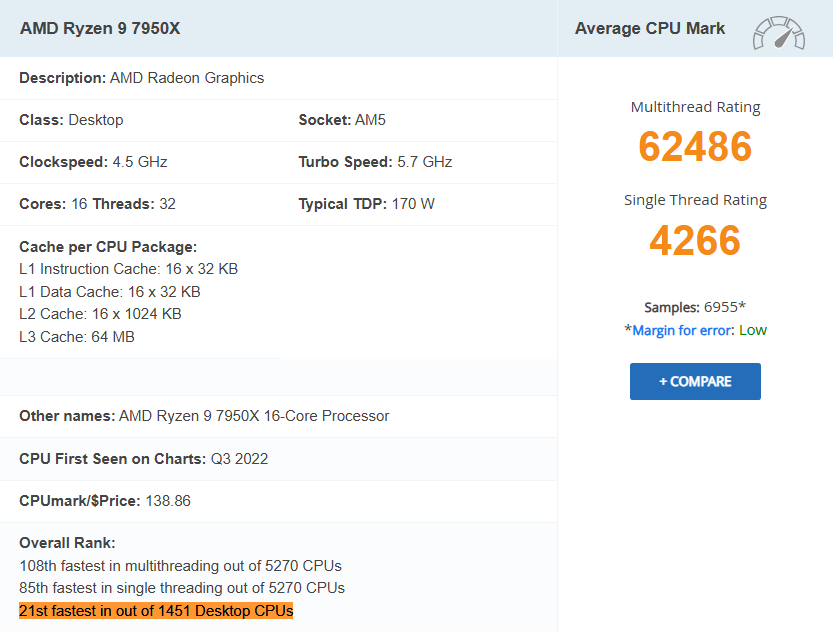
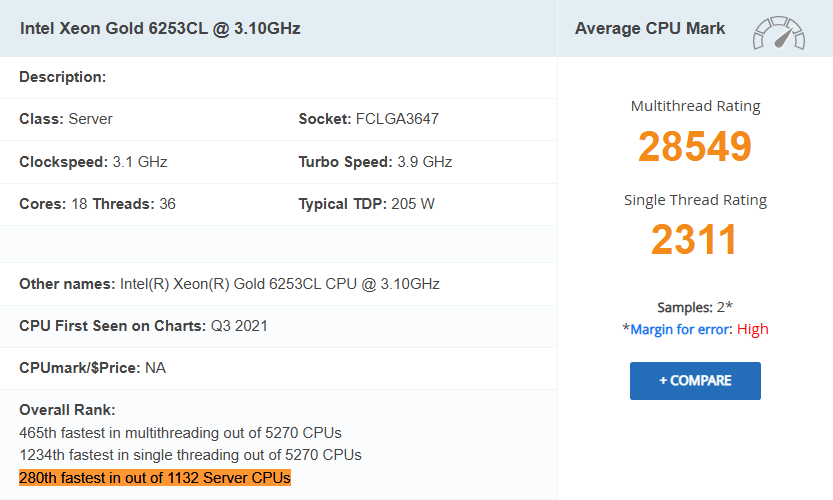
![[dual cpu] intel xeon e5 2667 v2 @ 3. 30ghz](https://onlinemediamasters.com/wp-content/uploads/2025/07/Dual-CPU-Intel-Xeon-E5-2667-v2-@-3.30GHz.png)
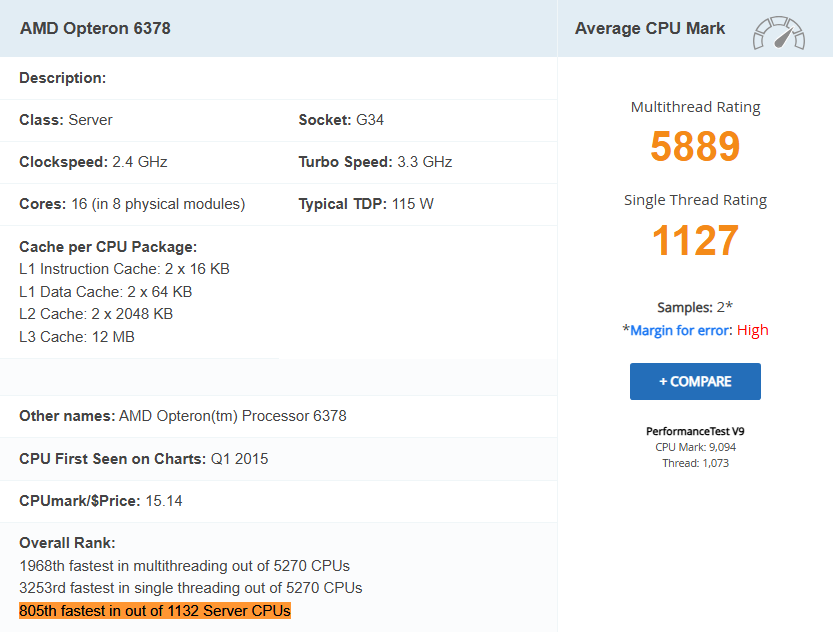


2. No Hidden VPS limits Like Hostinger/SiteGround
VPS plans (and Entry Cloud) have no hidden limits outside of the CPU cores/RAM/storage your plan comes with. If you still go over your limits, they’ll send you an email asking you to upgrade.
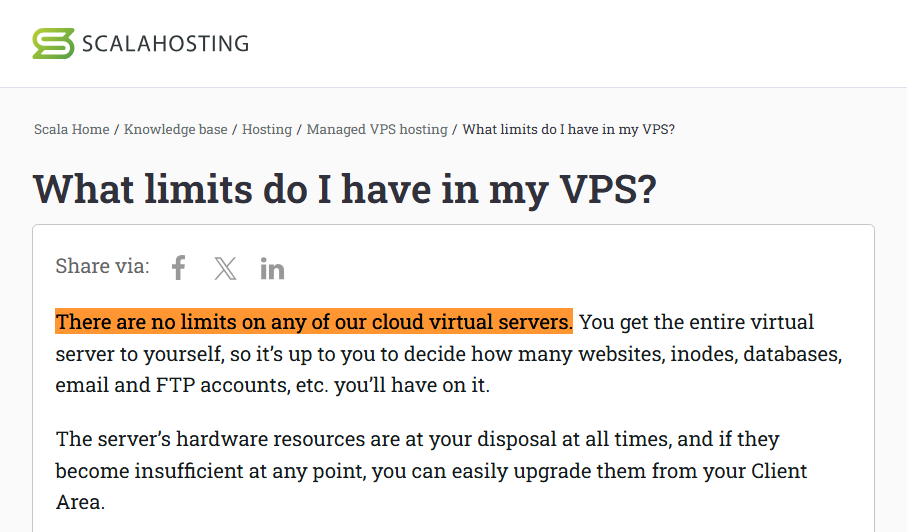
Hostinger’s VPS CPU steal limits are why their KVM 8 plan with 8 vCPU cores + 32GB RAM can’t even handle an Alma install with nothing else installed on the server. Which is why it’s so cheap.

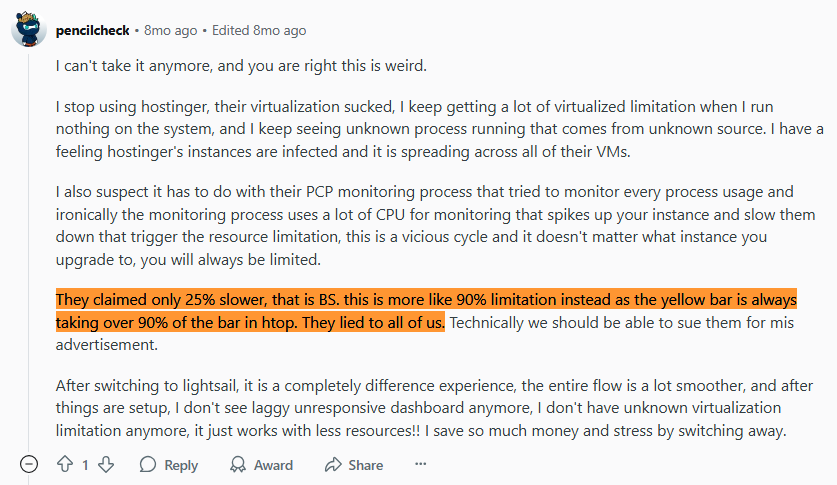
SiteGround’s cloud hosting is similar only they use disk I/O and hit you with 503 errors. They don’t specify what the I/O limit is, but when you hit it, like to blame it on bots, plugins, and heartbeat. But definitely not their hidden I/O limit which they almost certainly won’t mention.

This is why Hostinger/SiteGround have so many complaints about suspensions and data loss, plus other reasons like Hostinger’s phishing scams or SiteGround just wanting your money.
3. ~80% Less Than Cloudways And SiteGround Cloud
On Cloudways, a 3 vCPU + 8GB RAM Vultr High Frequency server is $118/mo. You get a lot of storage, but a waste of money if you don’t need it since you can’t scale resources individually.
Cloudways has lots of complaints about 100% CPU usage, so if you wanted a CPU Optimized server with 4 vCPUs + 8GB RAM, it’s actually $141/mo. Add the cost of add-ons like $4/mo per site for malware scans via Imunify360 and $5/mo per site for a restricted Cloudflare Enterprise.
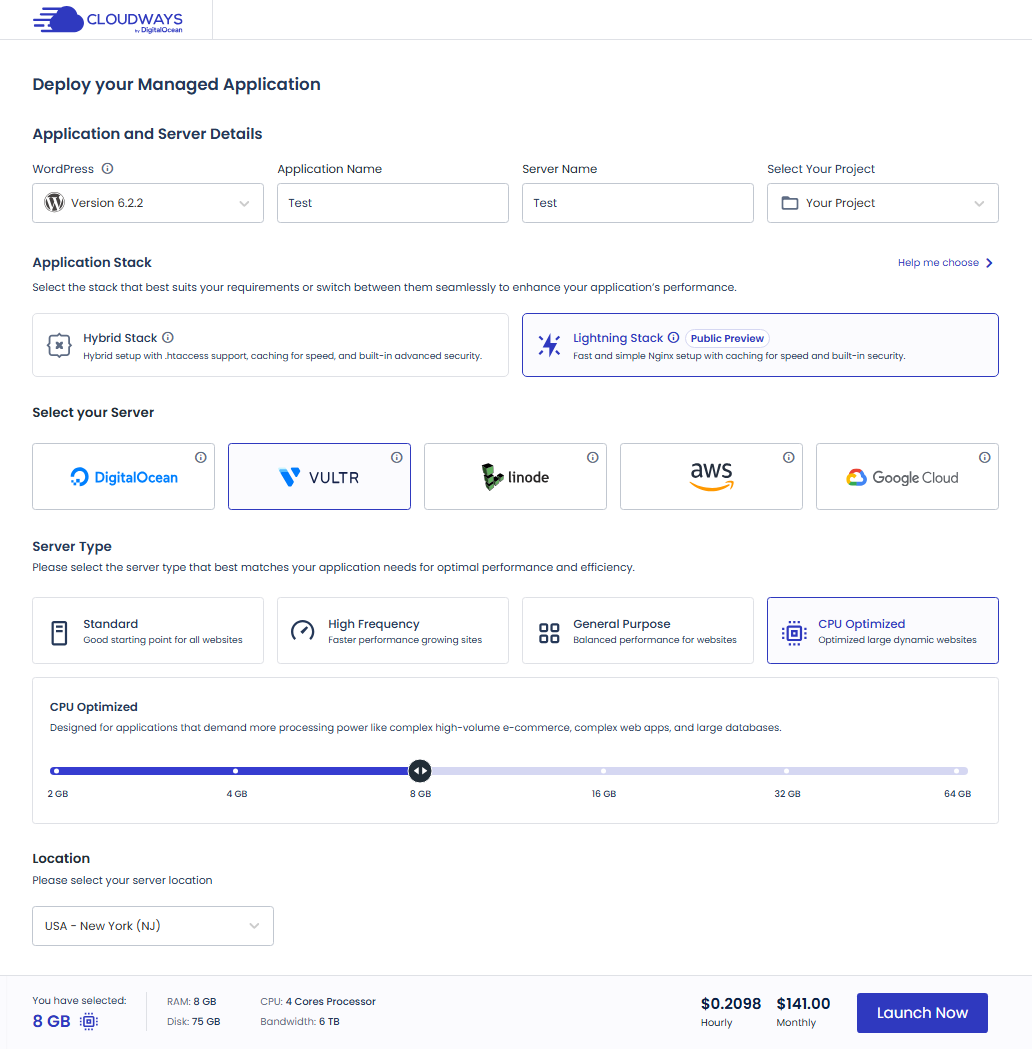
On SiteGround cloud, a 4 CPU core + 8GB RAM server is $100/mo and adding just 1GB RAM costs a whopping $10/month. You’ll pay ~$4/mo for malware scans, $14.99/mo for their CDN which is inferior to Cloudflare, $30/site migrations, and $5/mo if you want premium backups.
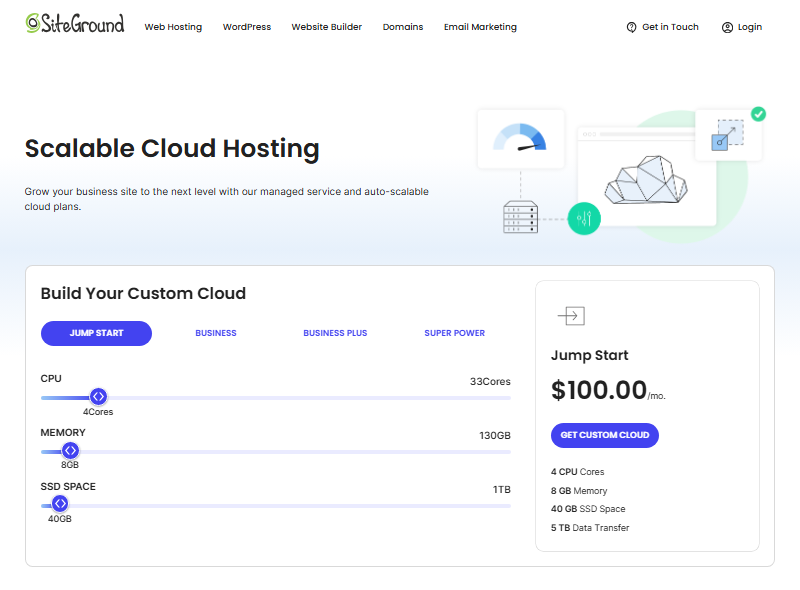
Hostinger’s VPS is so cheap because of low CPU limits and is unmanaged. Plus, scam reports!

MechanicWeb’s VPS includes cPanel Solo and OpenLiteSpeed, but not a security solution, so you’ll need Imunify360. KnownHost’s VPS doesn’t include cPanel/OpenLiteSpeed/Imunify360, so you’ll need 2-3 extra licenses. And neither VPS lets you scale cores, RAM, storage individually.
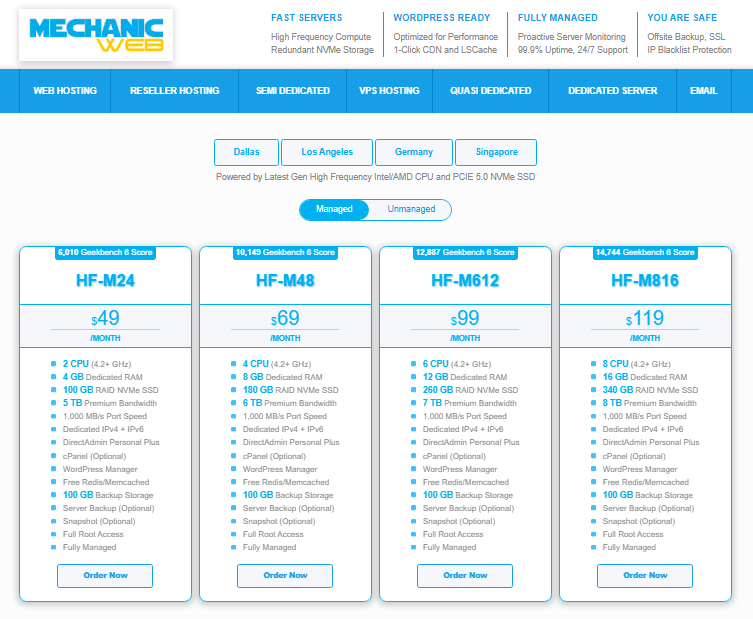
ScalaHosting’s Build #2 VPS has 4 cores/8GB RAM and is $40.45/mo or $35.95/mo when you reduce the storage to 50GB with a $81.95/mo renewal after 1 or 3 years. I used this plan as an example to compare it to SiteGround’s smallest server size. You can add or remove resources individually for $3 per CPU core and $1 per 1GB RAM. The only additional costs are FlyingPress and FlyingCDN since SPanel, OpenLiteSpeed, malware scans, and website migrations are free.
4. Entry Cloud As An Upgrade From Shared (Small VPS)
Entry Cloud is a small VPS with 2 CPU cores + 2GB RAM.
It’s more powerful than shared hosting since there are still no extra resources limits (which shared hosting is infamous for, hence SiteGround’s CPU limits and other hosts’s low disk I/O). Plus, you’re getting a faster stack than most shared hosts. At $13.45/mo for 2 cores + 2GB RAM, it’s a better value than Build VPS plans if you do the math. Just make sure to monitor CPU/RAM usage in SPanel to see where you fall. But considering how efficient SPanel and their CPUs are, resource usage should be relatively low (but obviously depends on the site, traffic, plugins, etc).
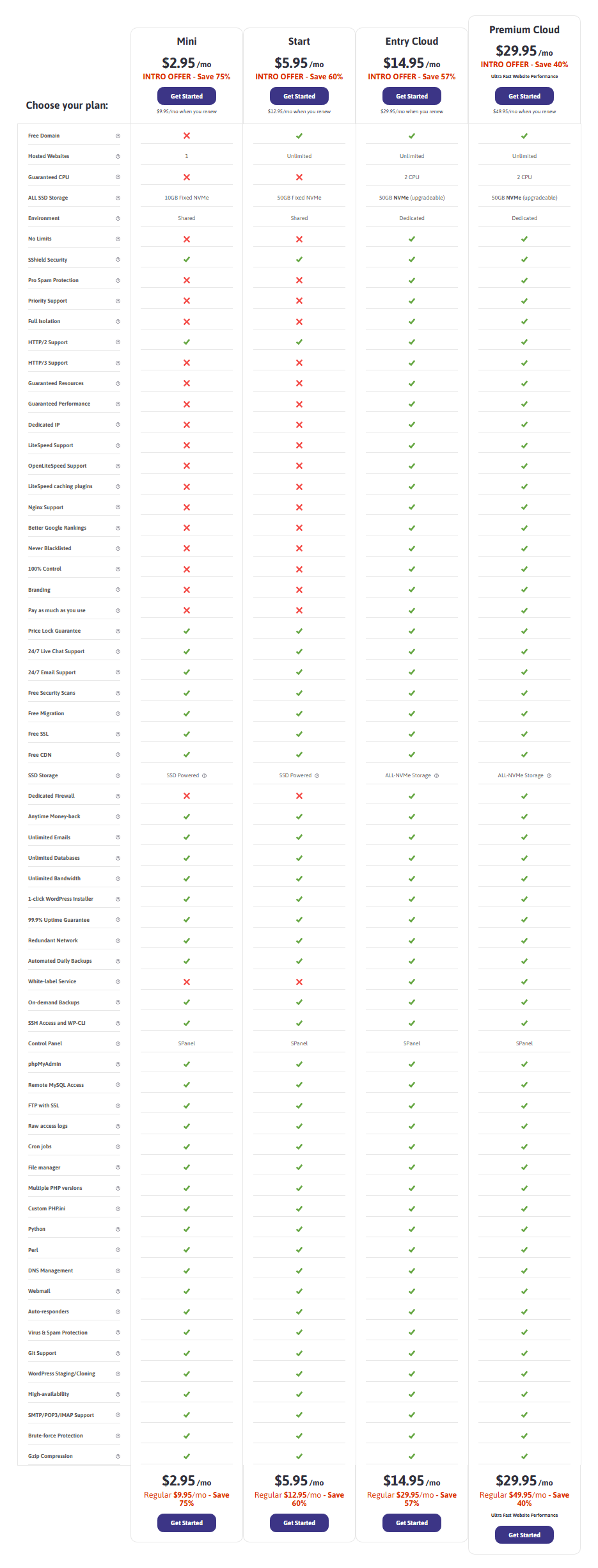
5. SPanel Is The Best cPanel Alternative I’ve Used So Far
SPanel is similar to cPanel, except it:
- Supports full root access.
- Supports OpenLiteSpeed.
- Is free with unlimited users.
- Uses ~1 less CPU core and ~8x less ram.
- Is constantly updated based on user feedback.
- Has built-in security and malware protection via SShield.
- Lets you allocate resources to specific accounts (like cPanel).
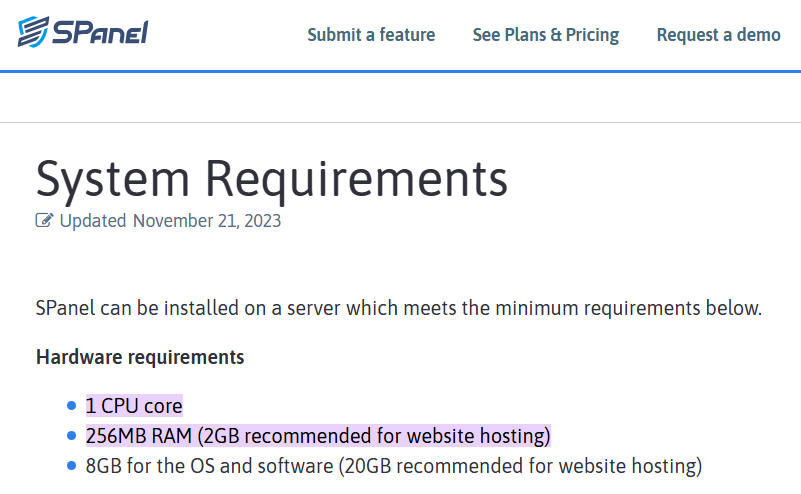
Their YouTube playlist has a lot of tutorials or request a demo.

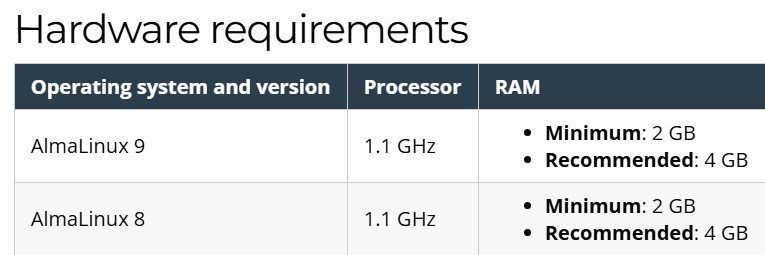
6. OpenLiteSpeed (Free) vs. LiteSpeed Enterprise (Paid)
OpenLiteSpeed is free, LiteSpeed Enterprise costs money.

So if you’re wondering why “LiteSpeed Web Server” is on the checkout page, it’s LiteSpeed Enterprise. This does have advantages (like a more powerful cache engine), but OLS is still significantly better than Apache with less resource usage and you can still use LSC and QUIC.
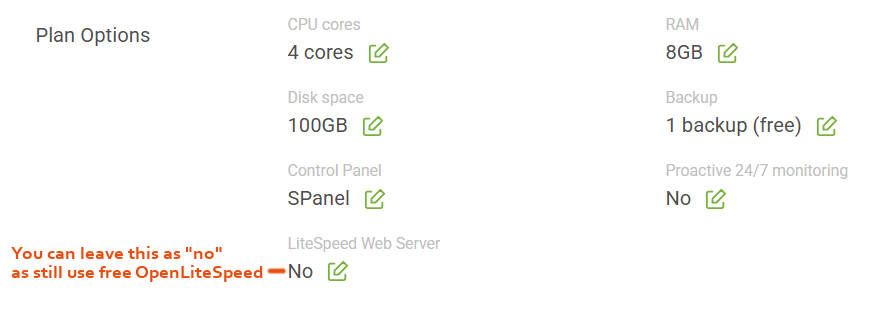
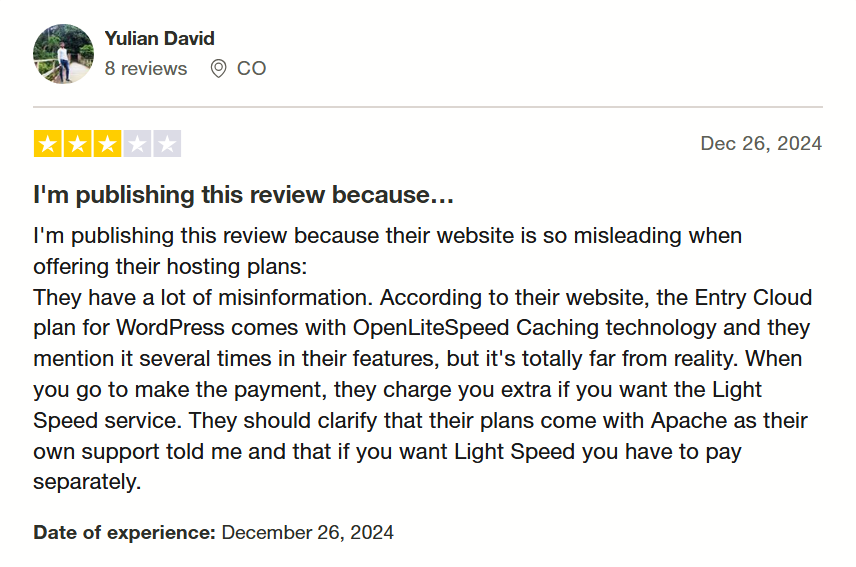
You can switch to OpenLiteSpeed in the Web Server Manager.

Add the code to your .htaccess file, then restart the server in SPanel (Server Management → Restart Server). This is required to manually clear the cache, otherwise you’ll get 404 errors.
<IfModule mod_rewrite.c>
RewriteEngine On
RewriteRule .* - [E=HTTP_AUTHORIZATION:%{HTTP:Authorization}]
RewriteBase /
RewriteRule ^/index\.php$ - [L]
RewriteCond %{REQUEST_FILENAME} !-f
RewriteCond %{REQUEST_FILENAME} !-d
RewriteRule . /index.php [L]
</IfModule>
7. My Setup: Build VPS + Apache + FlyingPress + FlyingCDN
The benefits of FlyingPress + FlyingCDN (with Apache) outweighed using OpenLiteSpeed, LiteSpeed Enterprise, or even Nginx which is mainly good if you’re relying on dynamic cache.
FlyingPress is the #1 cache plugin for core web vitals in Chrome’s UX report, and FlyingCDN’s Cloudflare Enterprise is on par with Rocket.net’s and can optimize images via Mirage + Polish (better than an image optimization plugin which often do a worse job and consume resources).

If you’re using ANY other hosting CDN (e.g. Cloudways’ Cloudflare Enterprise, Kinsta/WPE’s Cloudflare integration, or SiteGround’s CDN), I would 100% definitely replace it with FlyingCDN.

Be sure to go through my FlyingPress tutorial.
8. Cons: Support Overlooking Things, Renewals, Generic Docs
Support overlooking things is my #1 complaint and what I’ve most from my readers.
I’ve had amazing support (see the screenshot where they were trying to contact the plugin developer to help me run performance benchmarks). I’ve also had them forget to reboot the server before telling me to update nameservers, causing downtime. Until I absolutely insisted there was a problem and got a hold of an agent who would actually investigate it further, they wanted me to wait until nameservers propagate which would’ve caused even more downtime.
Luckily, besides the initial migration (which you could also have a developer do), I use hosting support close to none except for gathering info for my hosting reviews. So for me, not a big deal.
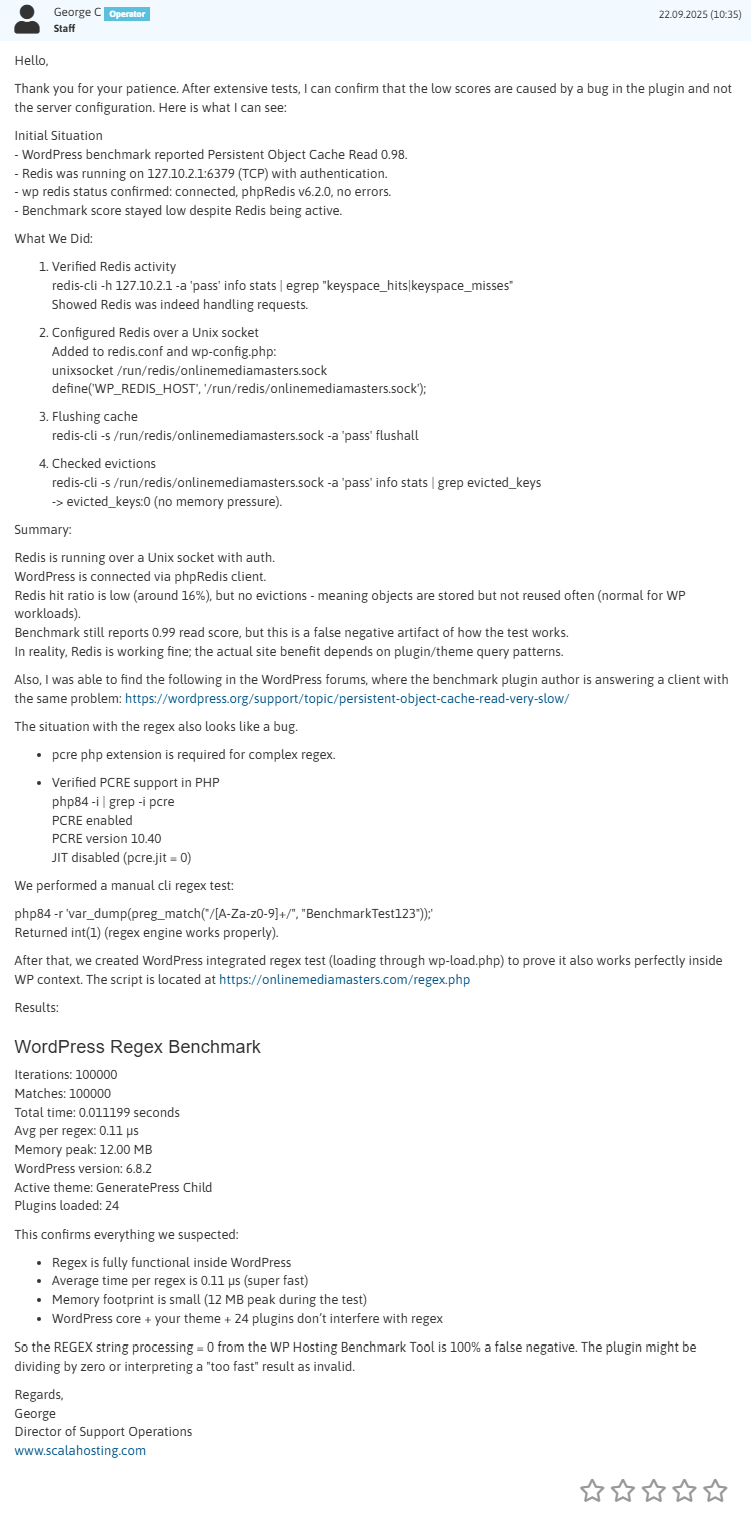

Their hosting (including VPS plans) have a shared hosting pricing model with cheap intro prices for 1 or 3 years, then about 200% higher renewals. Can’t complain about this too much though considering even after renewal, it should be less than Cloudways/SiteGround.
Their documentation can be generic and is more like a blog written for SEO. Leave the documentation for details about ScalaHosting, not educating me on definitions and benefits.
9. Setting Up Your VPS In 7 Steps
Step 1: Choose your plan, data center, and customize your resources at checkout. Leave “LiteSpeed Web Server” as no to use OpenLiteSpeed or Nginx. This is covered by a 30-day money back guarantee (full refund) and an anytime money back guarantee (partial refund).

Once signed up, you’ll get an email with your nameservers, server IP, and SPanel link.

Step 2: In SPanel, Create a new account and add your domain/login details. If you’re taking them up on free migrations, open a ticket and provide them with your old host’s login details.

In addition to setting custom limits and disabling certain features, you also have the option to add users to SPanel with limited access (i.e. they only have access to databases or emails only).

Step 3: Whitelist your IP in CSF firewall. If you switched to OpenLiteSpeed, that page has your IP.

Go to Server Management → Firewall → paste your IP address.

Step 4: Find nameservers in Server Information and change them in your domain registrar.

Step 5: Head to Manage Account → Actions → Manage. Here you can use the WordPress Manager, install Let’s Encrypt SSL, view resource usage, and perform similar actions as cPanel.
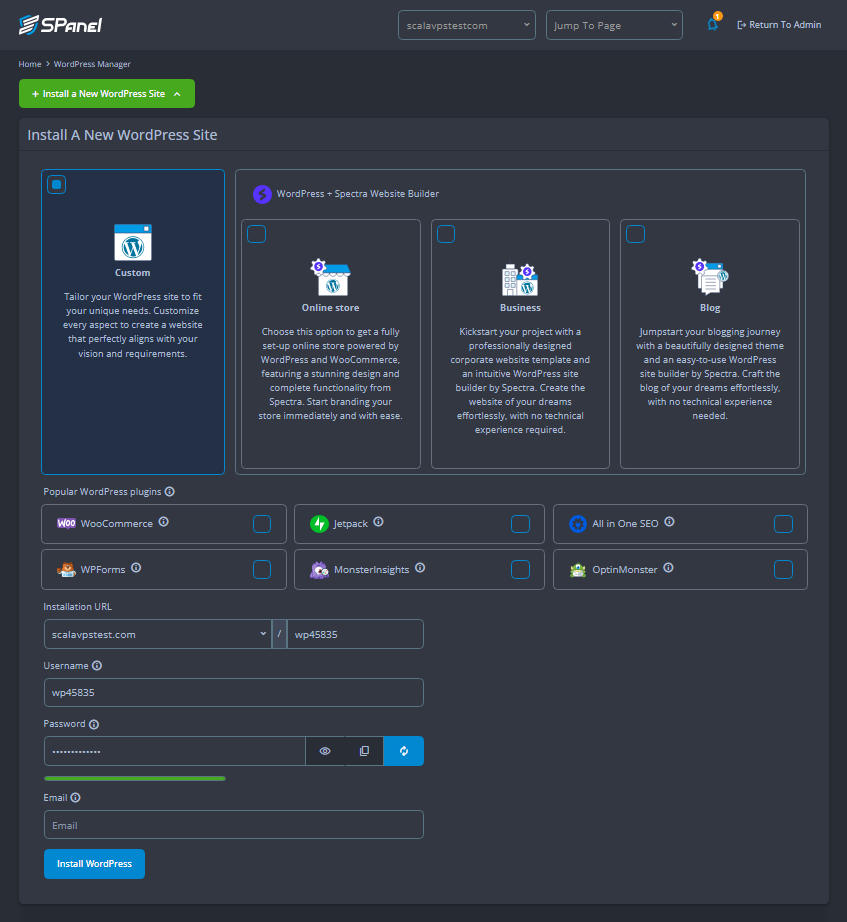
If needed, configure PHP settings in PHP Manager → PHP INI Editor.

Step 6: Request Redis from Scala Hosting’s support (or use Memcached which is installed automatically by default). Once they confirm Redis is installed, install the LiteSpeed Cache plugin. Go to Cache → Object → Object Cache → On. Select Redis and use port 6379. If you have multiple sites using Redis, each one should have a unique Redis Database ID (0, 1, 2, etc).
Or if you’re using FlyingPress, use the Redis Object Cache plugin (but I suggest contacting ScalaHosting’s support to set it up since they know best how to configure it on their servers).

When you’re done, purge object cache and ensure it’s working.

Step 7: Use my LiteSpeed Cache tutorial to configure everything else including QUIC.cloud’s standard plan or Cloudflare with full page caching (e.g. through the Super Page Cache plugin). Or if you’re using Apache/Nginx, configure FlyingPress with FlyingCDN’s Cloudflare Enterprise.

Finally, test your TTFB in Flying TTFB or KeyCDN, then test your hosting performance in the WordPress Hosting Benchmark Tool plugin. Always run multiple (3-5) tests to ensure accurate results. This ensures resources are cached and also served from your CDN’s closest data center.

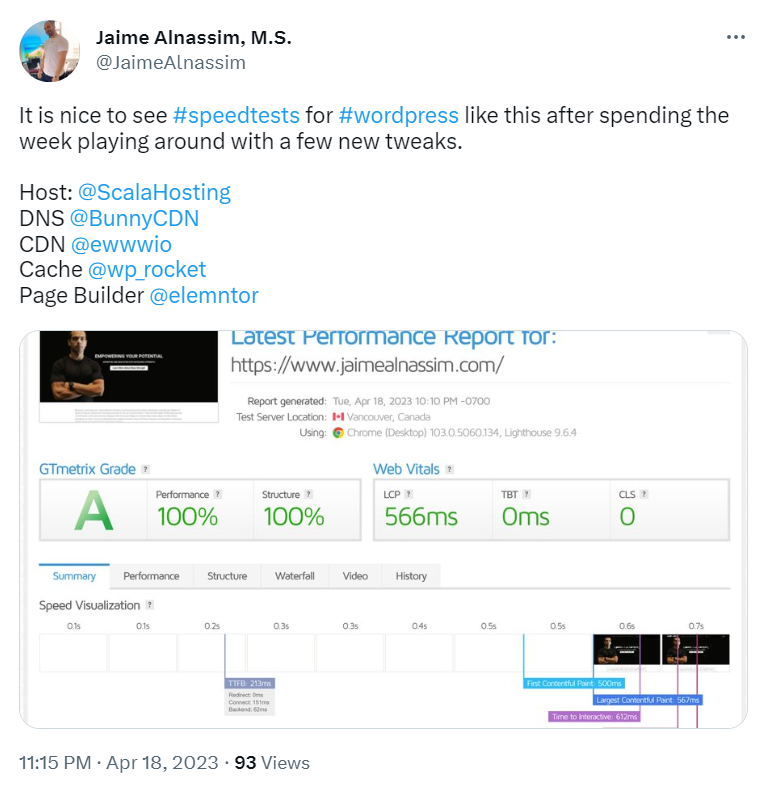
Bonus tip: connect to your server via SSH using port 6543 (default for their VPS plans).
10. 13 Server Locations With Native + AWS Infrastructure
Find these on their data center page.

Or at checkout:

11. They’re Known For Their VPS, But Don’t Sleep On Shared Plans
I couldn’t tell you a single shared host who uses fast processors with DDR5 RAM and PCIe 5.0 NVMe SSDs, besides maybe MechanicWeb. Most hosts (especially shared hosts) don’t disclose hardly anything about their CPUs + specs, so Scala’s stack (along with LiteSpeed Enterprise and SPanel) is definitely one of the best options and why I put them #1 in my shared hosting sheet.

Shared plans have generous resource limits and got a bump in CPU usage.
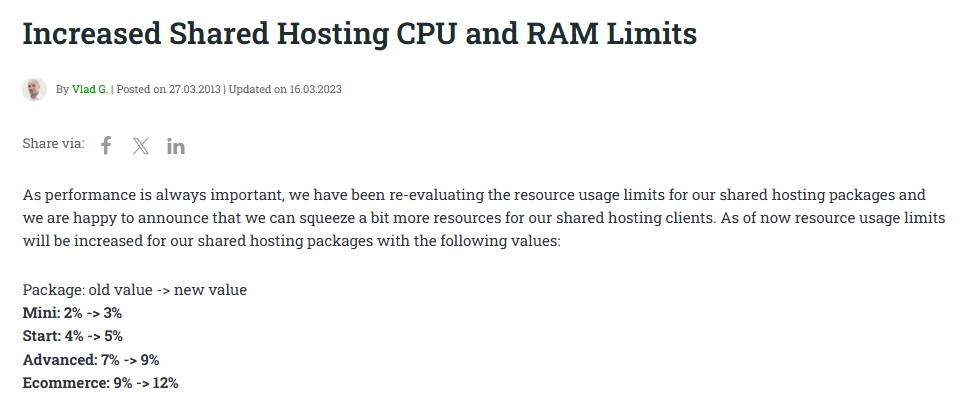
12. I Left SiteGround, Cloudways, And Rocket.net For ScalaHosting
I went from “even worst hosts” → SiteGround GoGeek → SiteGround Cloud → Cloudways Vultr HF → Rocket.net → ScalaHosting.
All my previous hosts ‘got too big’ especially after Cloudways and Rocket.net were bought out, or when SiteGround took a sharp decline around 2019 after they “restructured” their company.
Just whatever you do, don’t use hosts owned by World Host Group or Newfold Digital.



But even just “big” hosts like SiteGround and Cloudways have the same underlying problem: they’re way too expensive for what you’re getting in terms of performance and resources.
While definitely not as popular, I’m happily hosting OMM with ScalaHosting (finally). Sign up with that 10% off coupon, test the results yourself, and let me know if you have any questions.
If you need help setting things up or run into any issues, feel free to reach me at tom@onlinemediamasters.com. I take my recommendations seriously and want to make sure you’re happy with them and getting better performance than your old host.
Cheers,
Tom


